The Eighth Original Writing Competition
Primary School Group
Platinum Award
Written by Chen Qianqian,
Guozhen Primary School, Shaanxi Province
Date: October, 2020
Social modernization has led many to move from the countryside and into high-rise buildings located in prosperous cities. But some have eschewed this trend, choosing instead to hold to a more traditional, rural life in homes built of native earth. My great grandfather and grandmother are just such people. Today, they still live in an earthen home, saying that they are used to such a life and are continuing to follow the time-honored example of their ancestors.
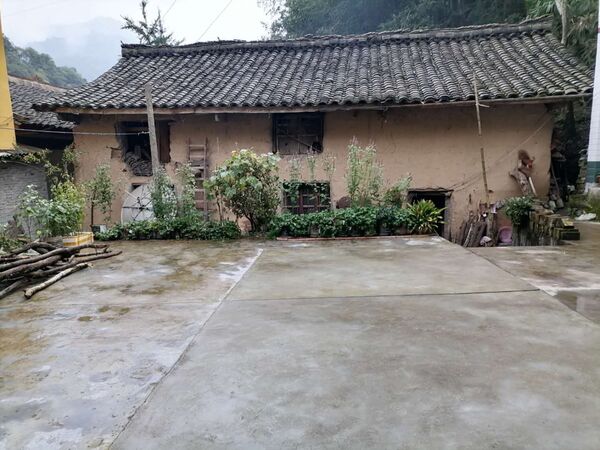
The mudbrick walls of our ancestral home are faced with masonry brick. Solid wood poles hold up the roof, which is capped by grey-blue tiles. Because it is a traditional earthen home, the interior doesn’t get much natural light.
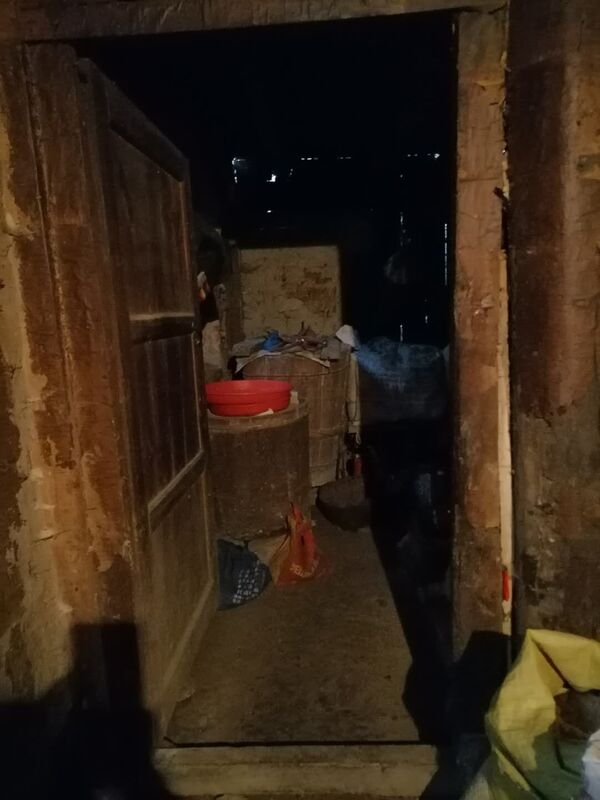
My great-grandfather says the house is many decades old. Being made of mud, it has the surprising ability to retain heat during the winter and to stay cool and comfortable in the summer. After decades of wear and tear, damage to the building was apparent in many places, and there were large cracks running down the middle. So, Great-Grandfather asked a local repairman to make the needed repairs. With work now completed, the fully repaired house is much brighter than before, and everything inside is much better. Although this old house may not be as luxurious as other homes, it is filled with the deep, nostalgic affections of our family.
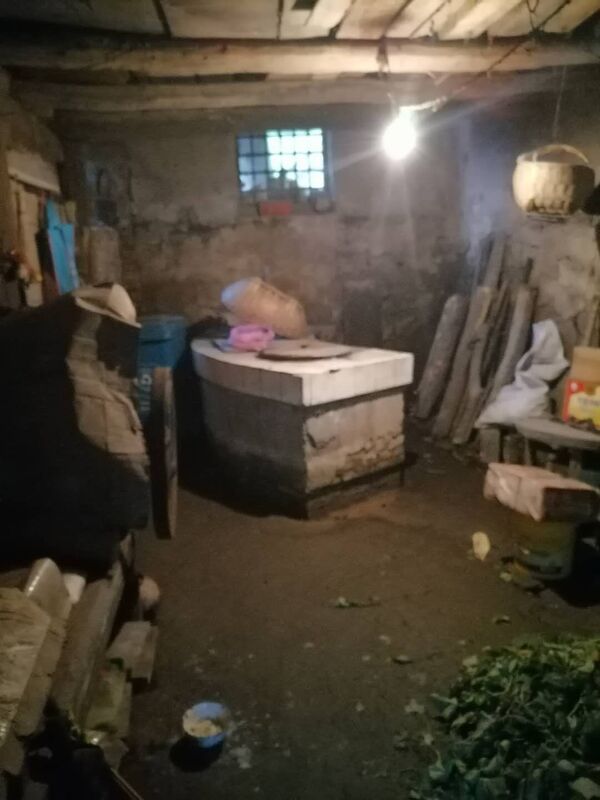
All families in the village live in this type of earthen home. One special characteristic of these buildings is that they all have a cement-block stove in the kitchen. The stove is set on cement blocks, and an iron chain suspended above the stove has a clasp that can be hooked onto a kettle for boiling water. Next to the kettle are preserved smoked meats and a clay pot. What is the clay pot for you ask? It is a kitchen essential used by every family. In our hometown, people use this pot for making ‘guan-guan’ tea. As a child, I remember cold winter mornings when my great-grandmother would fire up the stove and boil up a pot of piping hot tea for us to drink. In no time at all, a sinewy stream of smoke would stream forth from the kitchen chimney. A bowl of rich guan-guan tea is the perfect thing to charge me up for a full day of activity.
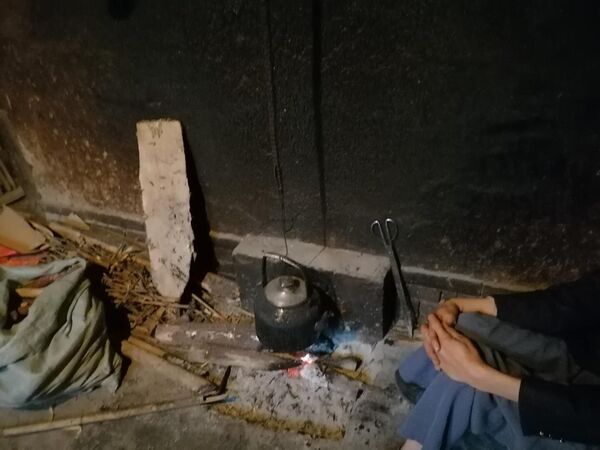
An earthen home is like someone in the twilight of their life; an elder who keeps a silent, patient vigil, waiting for the kids to return for a visit. Although we now live in a bright and spacious apartment, memories of our family’s simple, staid earthen abode linger pleasantly on my mind. In the fading embers of the day, I see in my mind’s eye a kindly old soul standing in a bucolic, ink-wash landscape painting, waiting patiently for sons and daughters working in the big city to find their way back home once again!
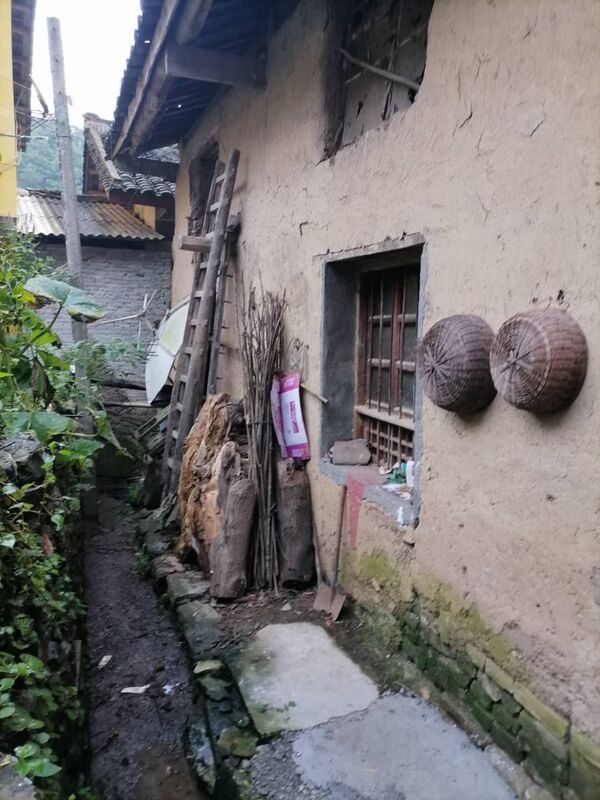
Reviewer 1
- This decades-old family home, timeworn by the cycle of seasons, still keeps its inhabitants warm in the winter and cool in the summer after necessary repairs have been made. This is an insightful perspective on the magic of life. Great grandfather and grandmother reflect the genuine, homey warmth of the countryside, and are unwilling to move away from their family home. Drawing from memory, the author recounts a winter morning when Great-Grandmother prepared a pot of rich guan-guan tea on the stove. This scene, wreathed in diaphanous chimney smoke, is imprinted indelibly on the mind as a beautiful, cherished memory.
- The author likens the family’s simple, staid earthen home to a kindly old soul waiting patiently for the return of sons and daughters working in the city. The narrative reflects sincere authenticity and genuine warmth.
Reviewer 2
This essay, describing the author’s family home, reflects an honestly candid ‘local reportage’ style. Beyond the family home, the narrative centers on intergenerational affections, while the dilapidated state of the building conveys the myriad changes impacting upon rural villages. The section on the family stove spotlights important local cultural elements, including smoked meat and guan-guan tea, revealing the author’s breadth of composition and observation. The narrative is clearly written and unburdened by rhetorical embellishment and achieves warm, emotive effect. The images accompanying this essay, which seem to be the author’s own, add to the vitality of this work.
